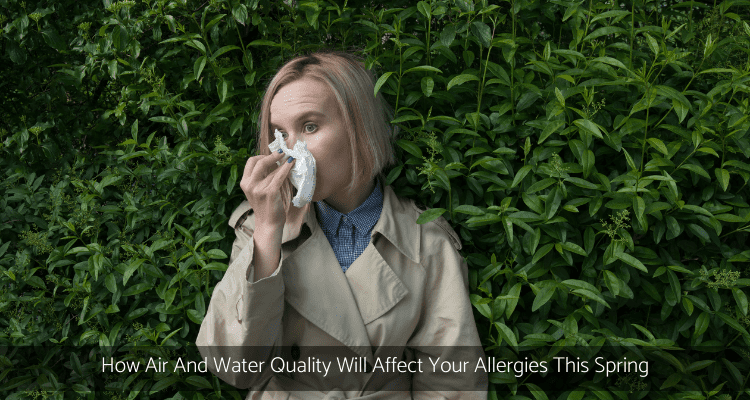As we enter the warmer months, symptoms to dust mite allergies are more noticeable because dust mite populations tend to increase during the spring and summer. The reason is the higher humidity. In the cooler months, dust mite numbers tend to remain stable and can even diminish as internal home heating makes the air much drier.
You can however effectively diminish dust mite allergens before accumulation becomes an exposure risk, by scheduling carpet treatment before the humid weather kicks in.
New homes and furniture may be dust free, but within just one month they are polluted with dustmite. The dust mites are carried in on your clothing from cars, other homes your family visits and even work places.
Carpets act like giant sponges that trap and soak up the toxins and pollutants entering our homes either through windows or on our feet and shoes, or as the residual from any chemicals used inside the home.
The pollutants and particulate matter are trapped in the carpets’ dense fibres. In addition, floor carpets are at the lowest point for pollution to settle on and in close contact to shoes and feet which disperse the pollutants throughout the house.
Environmental engineers have reported over time that a typical sample of dust extracted from indoor carpet not only contains dust mites and other allergens such as mould, pet dander, pollen but can also contain high levels of heavy metals, hydrocarbon pollutants, lead, pesticides and PCBs depending on the area you live in.
Heavy metals include arsenic, chromium, copper, nickel, lead and zinc which occur naturally in soils but can also indicate environmental contamination from mining or industry.
Hydrocarbon pollutants are vapours given off from petrol and industrial and household products containing solvents, such as paints. Road traffic is responsible for a third of hydrocarbon emissions and half of nitrogen dioxide emissions.
PCBs (polychlorinated biphenyls) are compounds found in paints, copy paper and plastics.
The EPA found we spend 90% of our time indoors, more than half of which is in our own home. Without the help of the sun and rain to break pollutants down into less harmful components, we are breathing in these accumulating toxins.
The American College of Allergists states that 50% of all illnesses are caused or aggravated by indoor pollution in particular, respiratory and breathing difficulties.
There are variant responses of allergy symptoms to airborne substances. They range from only a minor allergy, coughing mucus, with no obvious asthma, hayfever, sinus or eczema symptoms, increase in varying degrees, right through to full blown allergic reactions chronic bronchitis and debilitating symptoms where you just can’t stop coughing.
A group in The Netherlands (Allergy, April 1999) tested people who presented with minor dust mite allergy symptoms and cat dander by using an inhaled mist containing these allergens. The researchers found a small, yet significant decrease in the group’s lung capacity. An important result indicating that triggers can be so powerful even in people who have the smallest degree of allergy.
Did you know that naphthalene (or mothballs) is made from hydrocarbon and petrochemicals? These two ingredients are used in the manufacture of explosives. When exposed to air the volatile constituents evaporate and release toxic chemicals into the air. Yet we commonly use them to protect our clothing.
Doesn’t it make you wonder what happens when we inhale mothball fumes? For us, inhaling the aroma of plants is natural, safe and appealing. Yet something so beneficial for us can be repellent to the insects that eat our clothing.
The air that you breathe and the water you drink are all recycled. Nature doesn’t make any new air or water. In this day of industrial pollution, chemical spills, agricultural herbicides, pesticides, fertilizers, and even the amount of chemical products used in the enclosed environment of your home, just how safe is that?





